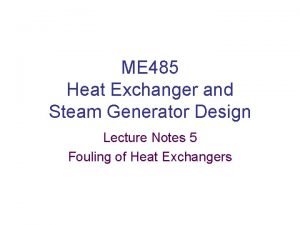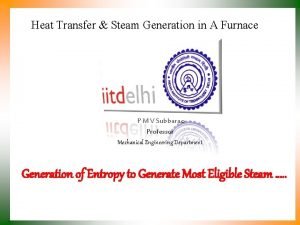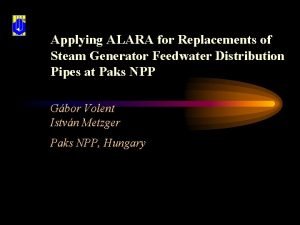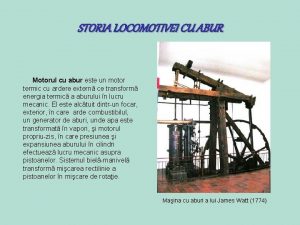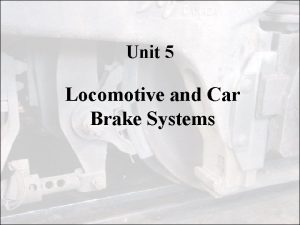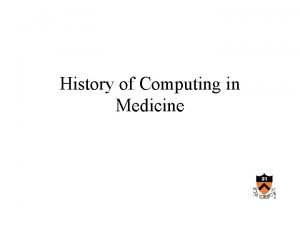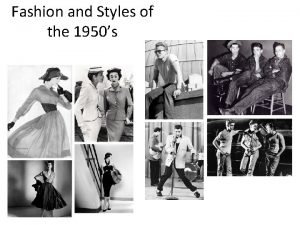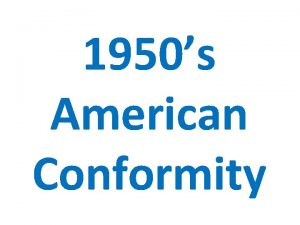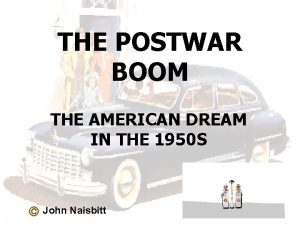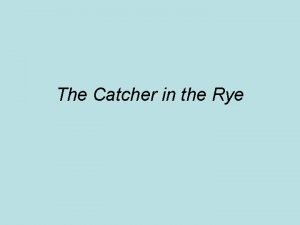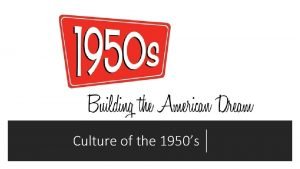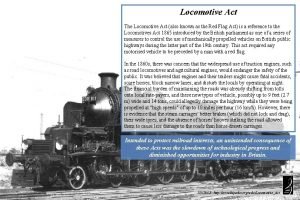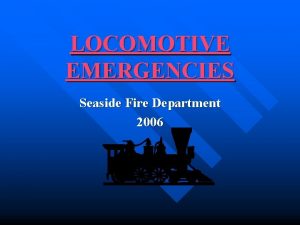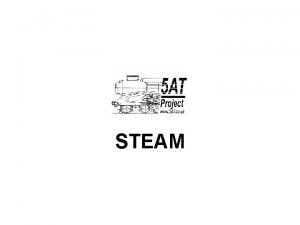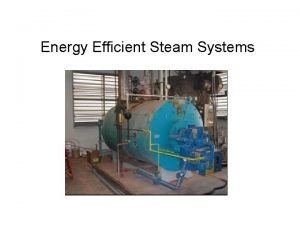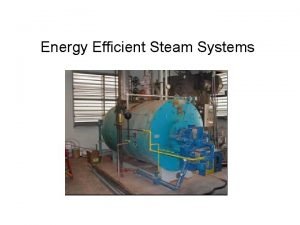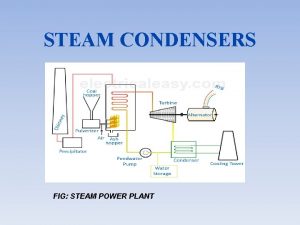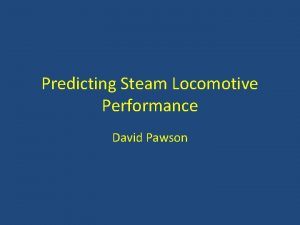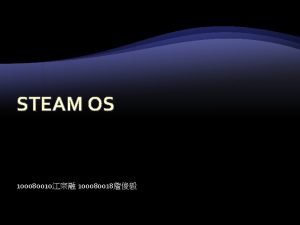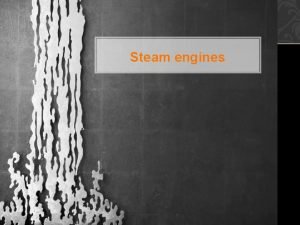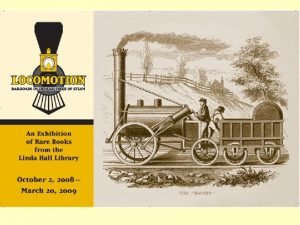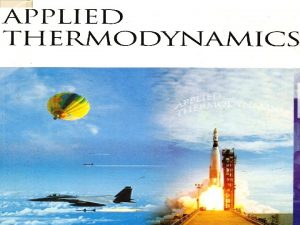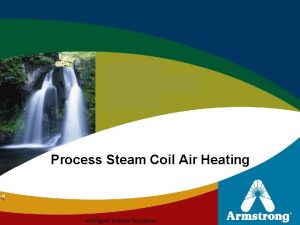CHAPTER 4 The Locomotive Steam until mid 1950s



















- Slides: 19

CHAPTER 4 The Locomotive

Steam until mid 1950’s

Types of Locomotives • • Steam Diesel-Electric Hybrid

Two Factors Determine the Ability of a Locomotive to Start, Accelerate, and Obtain Top Speed Tractive Effort • The Ability to Overcome Resistance -Starting, Grade, Wind, Curve, Rolling • Tractive Force = Weight of Drivers x Coefficient of Adhesion Horse Power (mainly 1, 500 to 5, 000 hp) • Rate of Doing Work • Drawbar Horsepower: horsepower available to haul

Adhesion Control • Grip Rail without Slipping • Dependent on weather, rail conditions • Controlled automatically in modern locomotive • Sanding

Tractive Force vs. Tonnage and Grade

Performance Curve of the Locomotive (with train resistance for 420 tons trailing load of passenger stock)

Different Horsepower Ratings • Not all engine power pulls train • On average, 82% of power is left to pull train

Power Required vs. Speed and Grade


Diesel–Electric Locomotive • Diesel Engine – Prime Mover • Turbocharger / Electronic Fuel Injection • Alternator / Generator / Fans / Batteries • AC/DC Traction Motors

Locomotive Principal Components

Radial Trucks

Locomotive Controls • Minimum Levers, but Connected to Circuitry • “Microprocessor” Control • Display Screens • Interfaces with Primary Operator

Six Axle, approx. 390, 000 pounds vs. Four Axle, approx. 260, 000 pounds

Multiple Unit Arrangements Distributive Power / ECP Mid-Train or Rear End

Slugs and Mates No Prime Mover Store Excess Power Provide Weight for Tractive Effort

Maintenance and Life Span • Most New Locomotives can Self-Diagnose Problems • Different Inspections Mandatory at Daily, 92 -days, Annual, and Biennial Periods • Remote Diagnostics • Average Locomotive Service is 20 -25 Years • Used to be Returned to Manufacturer, but Now Sold to Smaller Railroads

Genset and Hybrid Locomotives (Mainly for Switching) Genset – Multiple engine-generators per vehicle Hybrid – Operates on batteries that are charged overnight
 Steam generator heat exchanger
Steam generator heat exchanger Dittus boelter equation
Dittus boelter equation Steam steam generator erosion
Steam steam generator erosion Fabrica de locomotive resita
Fabrica de locomotive resita Independent brake train
Independent brake train Why does richards rush to tell mrs. mallard the news
Why does richards rush to tell mrs. mallard the news Early computers 1980s
Early computers 1980s 1950s fashin
1950s fashin Chrysler concept cars 1950s
Chrysler concept cars 1950s The affluent society 1950s
The affluent society 1950s 1950s music quiz
1950s music quiz 1950s conformity examples
1950s conformity examples Suburban life 1950s
Suburban life 1950s 1950s conformity and counterculture
1950s conformity and counterculture Conglomerates and franchises 1950s
Conglomerates and franchises 1950s The catcher in the rye background
The catcher in the rye background Daily life and popular culture in the 1950s
Daily life and popular culture in the 1950s Mass media in the 1950s
Mass media in the 1950s What groups were experiencing poverty in the 1950’s?
What groups were experiencing poverty in the 1950’s? Beat writers 1950s
Beat writers 1950s
